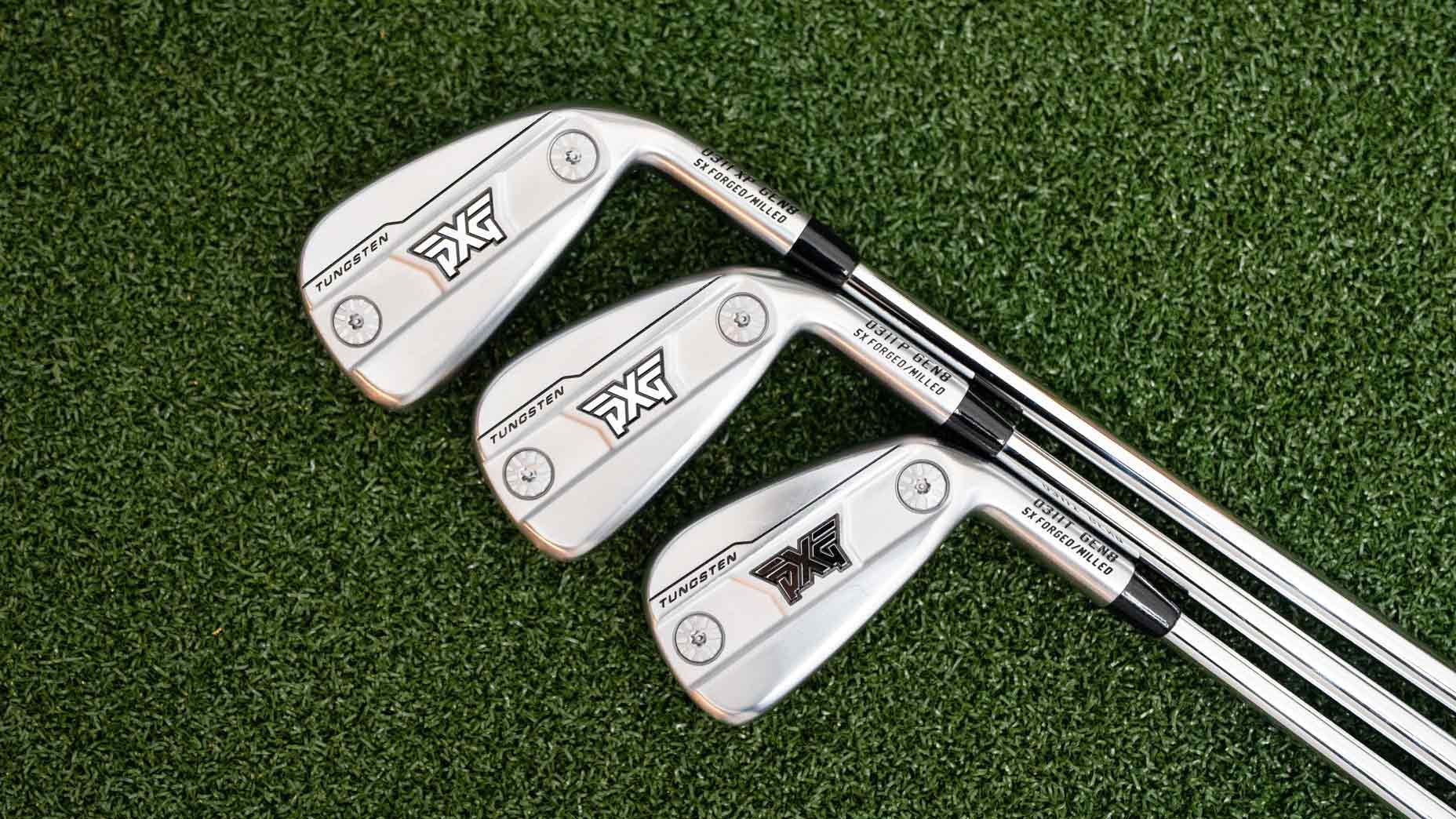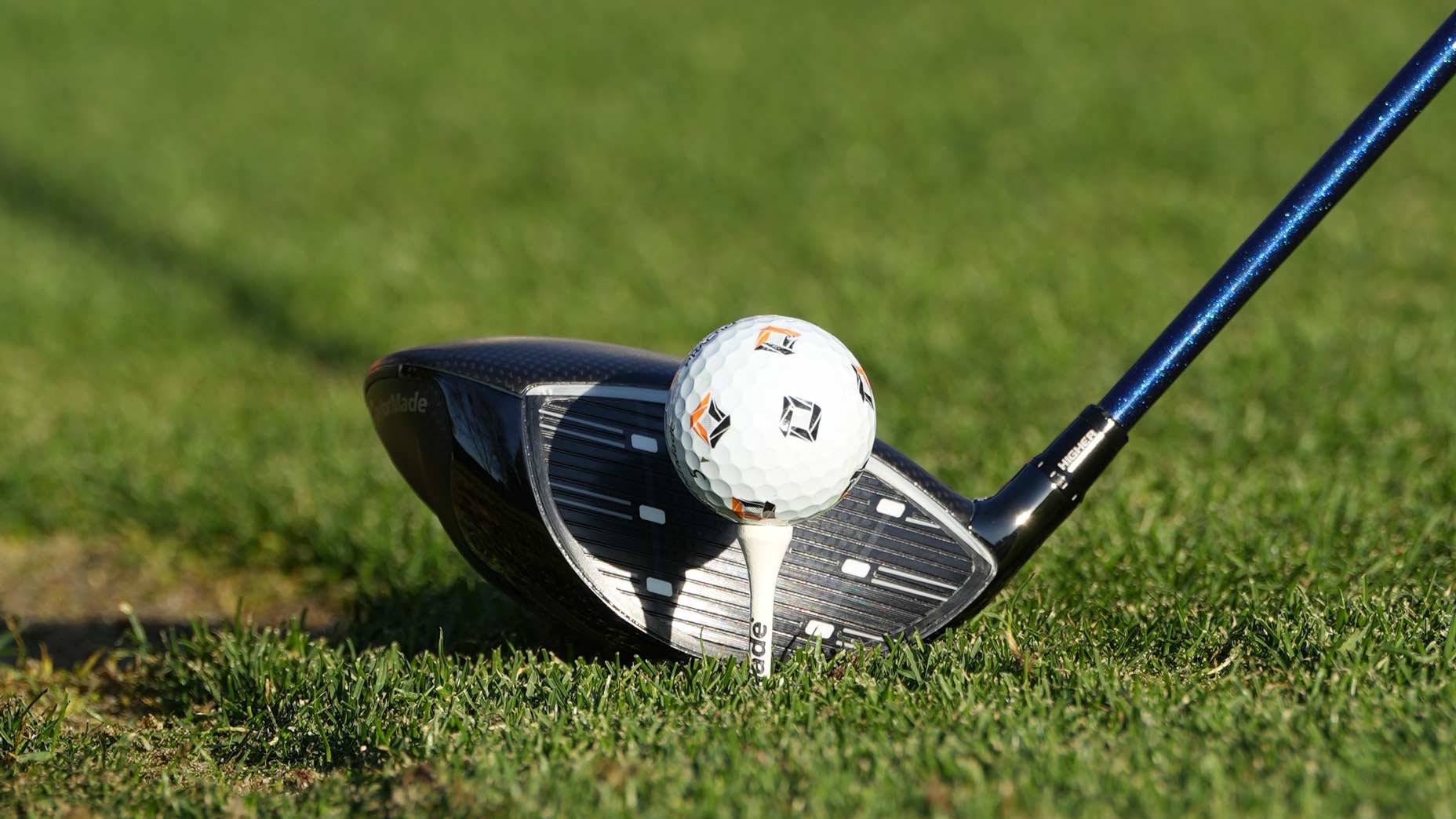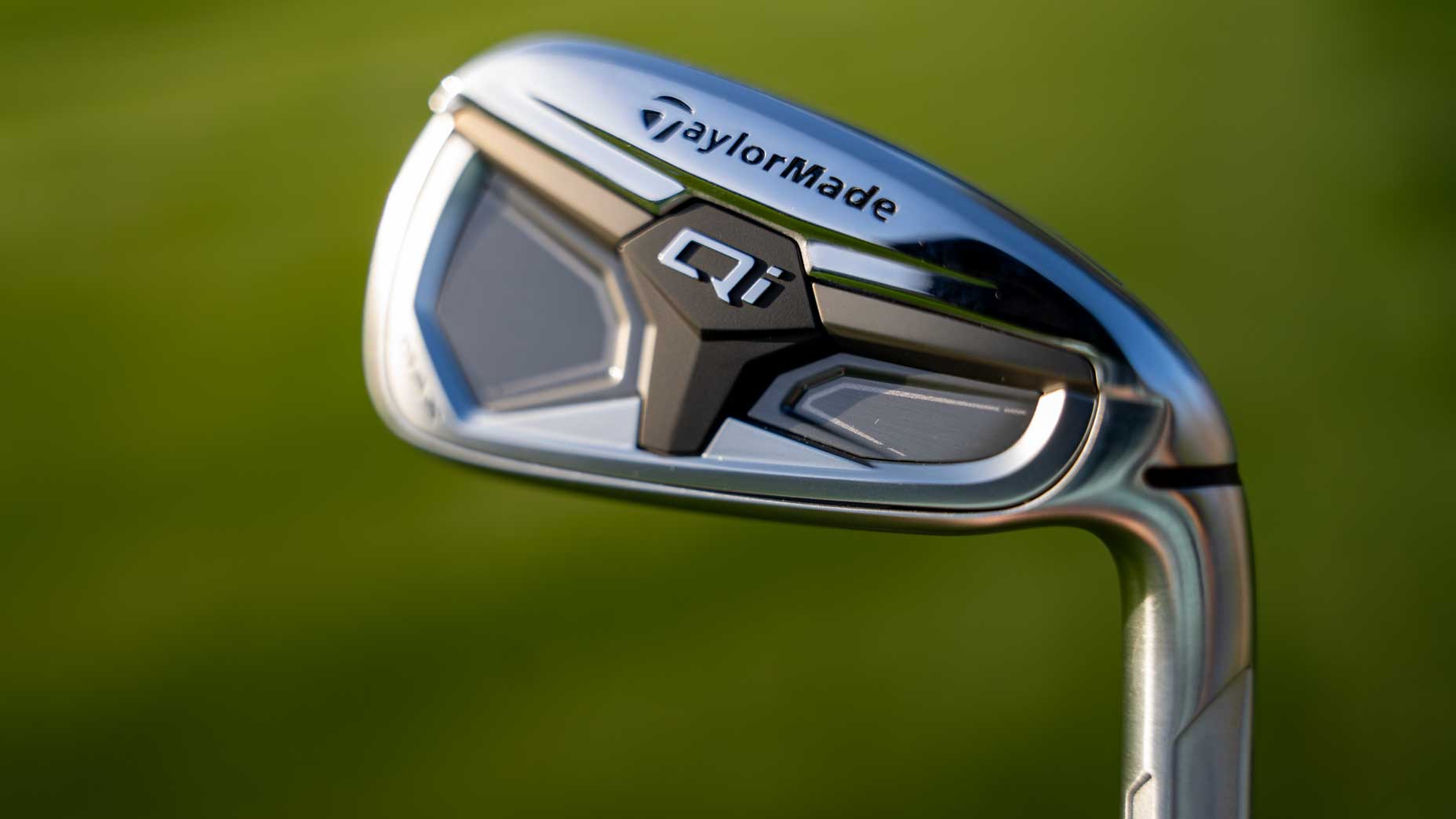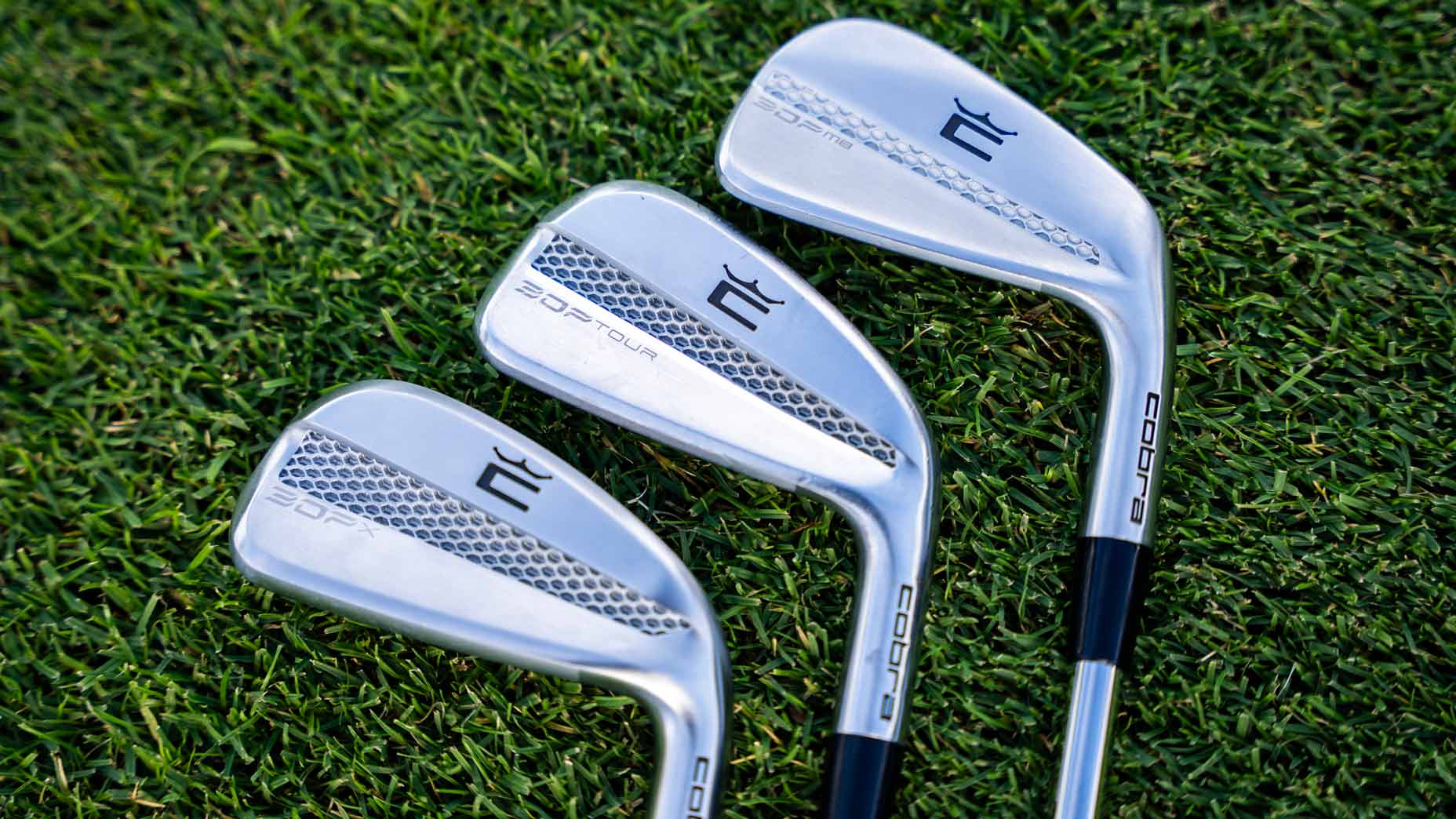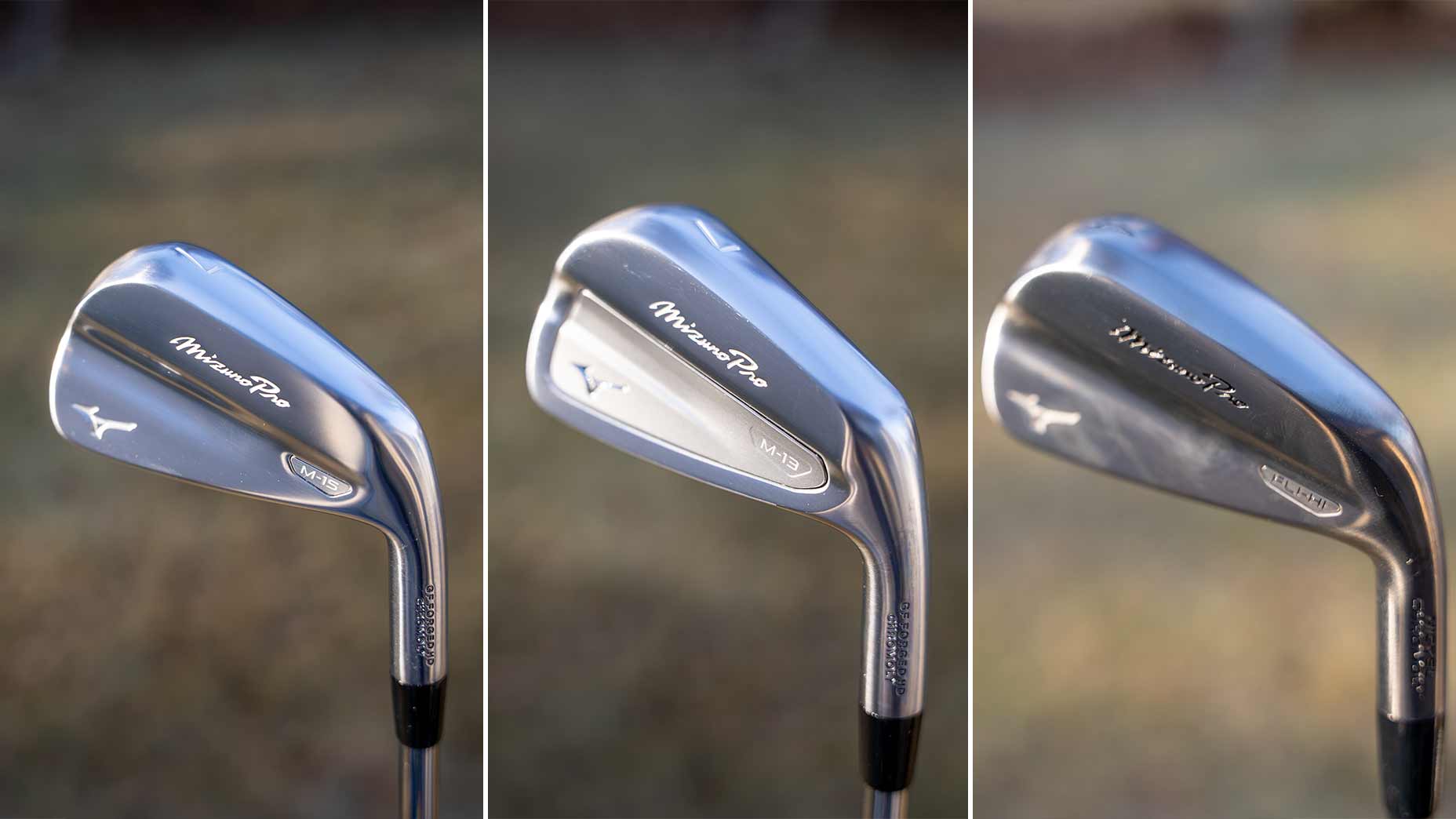If you’ve been around this sport for long enough, there’s a good chance you’ve heard or uttered the acronym “AoA” during a fitting or practice session. The AoA stands for angle of attack, a term used to describe how the clubhead travels (in degrees) relative to the ground. Because we swing on an arc and impact the ball at the low point, there can only be two outcomes: positive AoA and negative AoA.
Knowing if you’re positive or negative with every club is a critical piece of the equipment process — and we’re not just blowing smoke. On the latest episode of GOLF’s Fully Equipped podcast, Golf Laboratories founder Gene Parente and True Spec Golf’s VP of tour and education, Kris McCormack, discussed the importance of not only understanding AoA but the role it plays when seeking out a new driver or iron set for your game.
“So many players don’t understand attack angle,” said Parente. “It’s one of the most integral parts of the game from a fitting standpoint. Most golfers don’t understand that we swing on an arc and go down neutral at six o’clock and up. That arc is important concerning these clubs, like a driver, mini driver, fairway wood, hybrids and irons.
“Knowing your clubhead speed and spin is important, but your attack angle is another critical aspect. It can help you determine if you need to take lessons if you’re too far off optimal. And two, the type of equipment you’re going to be using based on that attack angle. It will have serious effects on launch, spin and club selection. Those things are all important.”
Every golfer is different, but if you need to know whether you’re positive or negative AoA, seek out a trustworthy fitter or procure a worthy launch monitor to determine how your clubhead moves through the ground. If your AoA is the same across the board, chances are you’re losing distance or struggling to optimize launch and spin with certain clubs in the bag.
Even more concerning? You could be making a good pass at the ball but doing it with a club that has too much or too little loft. If that’s the case, there’s a good chance you’re banging your head against the wall and shouldering the blame for something that could be solved with a loft adjustment.
“If you’re looking at it from a gear perspective and fitting perspective and just focusing on clubhead, for example, there’s not an industry standard for loft,” said McCormack. “A lot of players don’t understand how big of a gap there can be between one OEMs 6-iron loft versus another. We’re talking as strong as 23 degrees for a 6-iron to something more traditional at 31 degrees.
“If you’re looking at that range for a 6-iron loft, now we apply that to application numbers. Suppose we have a guy who’s swinging down 5 or 6 degrees and has a ton of leverage and forward shaft lean. In this case, he’s a higher index player with an iron that has 25 or 26 degrees. The likelihood of being able to produce a decent ball flight out of those [AoA] numbers that can sustain spin and hold a green is tough.”
In Kris’ example, the golfer would be better off adjusting the loft on his irons — no more than 2 degrees — or seeking out a model with weaker lofts to keep launch, spin and carry in the green zone. If it sounds like a simple fix, that’s because it is. But it all starts with knowing your gear and how you impact the ball.
Want to overhaul your bag for 2024? Find a fitting location near you at True Spec Golf.



